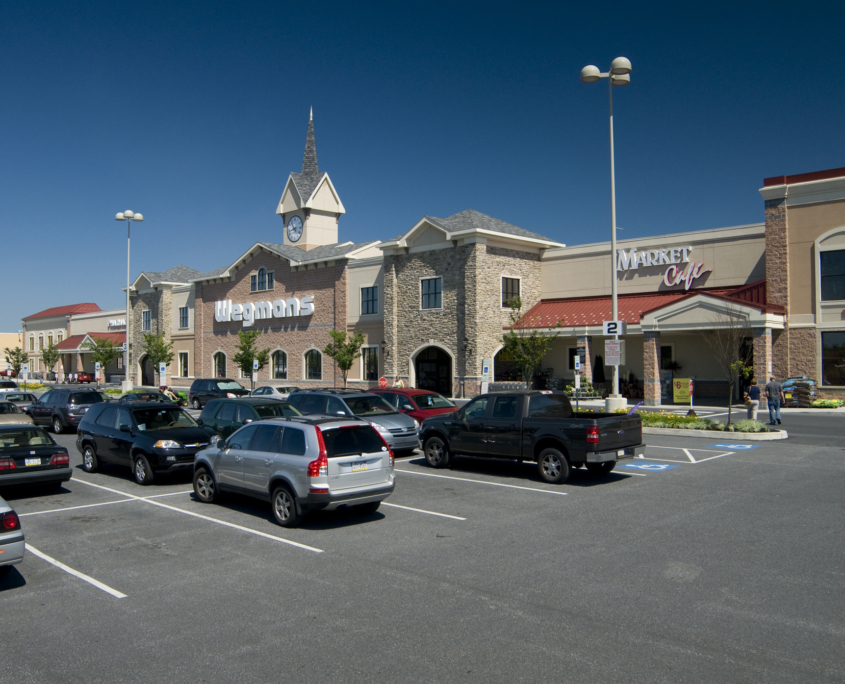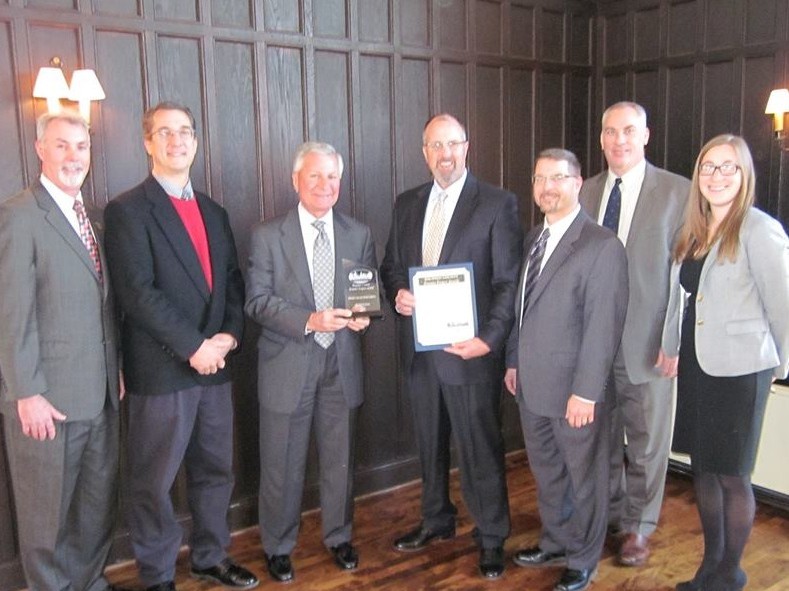Investing time on the front end offers real savings in time and money on the back end

This article appeared in the September 17, 2008 issue of the Mid-Atlantic Real Estate Journal and is published here with their permission.
You have invested significantly in a site and you spent several months in the design phase. You are anxious to get your property built so you can maximize the profit it earns you. Unfortunately, you find yourself tangled in a web of entitlements and regulatory constraints that could drag on for several more months.
How can you avoid a costly and frustrating scenario like this? The answer is by obtaining a thorough due diligence investigation. We all know time is money in the development game, so it can be very tempting to speed through preliminary investigations in order to get to construction faster. Unfortunately, this can delay your project significantly when unexpected issues arise during the approval phase.
A more reliable strategy would be to hire a qualified professional engineer who is experienced in real estate due diligence to conduct an investigation and develop a time-saving strategy that comprehensively addresses the risks and variables you are likely to face. If possible, this investigation should be conducted during the initial site selection activities and should look at a wide variety of issues related to taxes and financing, parcel size and configuration, topographic and environmental constraints, zoning and land use requirements, infrastructure (e.g. utilities and transportation), and the local political climate.
As the project progresses, the engineer will further define the details related to land title issues, floodplain restrictions, geologic conditions, wetlands presence, on- and off-site infrastructure improvements, and permitting procedures. This will lead to the development of a concept plan to maximize the yield of the site and provide an estimate of probable development and construction costs (as well as a realistic project timeline).
One of the benefits of hiring experienced professionals to perform this investigation is their experience with the local political landscape and regulatory climate of the governing bodies that have jurisdiction over the site. One of the most significant factors determining the timeline of your project is the length of the entitlement phase. Someone who knows the decision-makers who will ultimately approve your project can devise a strategy to minimize review time and gain support. An experienced professional can also bring the key stakeholders together to foster a dialogue that will make the process proceed more efficiently.
As a result, in spite of the time involved in conducting the due diligence investigation, you can often obtain required approvals and begin construction in less time than if you rushed this step. In an industry where every day of delay could potentially cost thousands of dollars, a thorough due diligence investigation could be the best investment you make in your development.
Contact Chris Dellinger, P.E., with your questions about land development.



